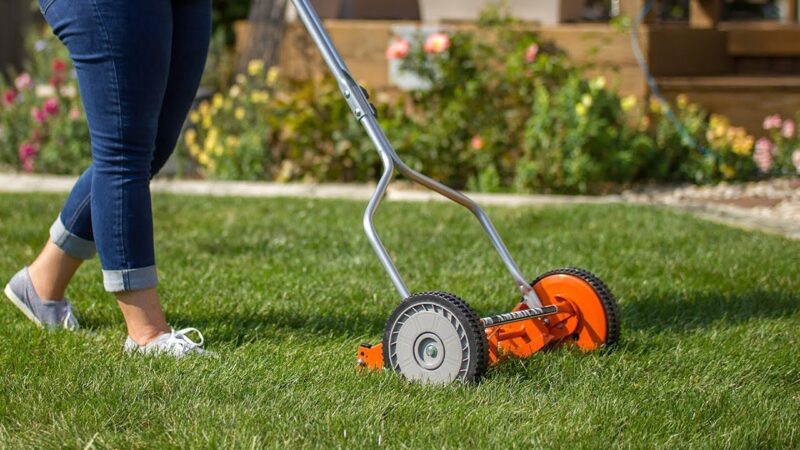How to Grow and Care for Basil Plant

Nothing makes food tastier than the various blends of herbs and spices added to it. They can transform any basic dish into one that is exceptionally yummy, and you just can’t get enough of it. Well, basil is one such herb that is used in different cuisines all around the world. It gets its name from the Latin word basileus, meaning royal or kingly plant. Even though the plant is native to central Africa and South East Asia, people from every corner of the globe love this medicinal herb, which is great as a healing plant too. In this article, you can get to know more about this all in one herb and how you can plant one at home. But first, let us dive into more details about basil.
Family and Genus
Basil is a culinary herbal plant that belongs to the genus Ocimum and family Lamiaceae. Its scientific name is Ocimum Basilicum, and it also goes by the name great basil. Both basil and mint plant belongs to the same family. Around 50 to 150 species of basil are currently estimated to be existing, but only a few of them are actually cultivars of Ocimum basilicum. Basil is also believed to have originated from India, a country that is also home to many other spices and herbs. While it is extensively used as a culinary dish, the basil leaf is also famous for its use in Ayurveda medicine, which is a traditional medical school and system based in India itself.
There are many varieties and hybrids of basil, amongst which the prominent ones are sweet basil, Genovese basil, Thai basil, lemon basil, and holy basil. Out of these, sweet basil is the one that is commonly used in food preparation. Basil often has a strong, sweet, and pungent smell to it. Genovese basil is the one that is used to make pesto. Lemon basil is a hybrid variety of Ocimum Basilicum X O. Americanum and has really fine leaves with citrus-like odor. The best way of using basil leaves in dishes is to add them at the end, right after the food is cooked. This is because basil can dissipate with the heat and thus form a lovely irresistible flavor.
Features of the Plant
The basil plant usually has light green and silky oval-shaped leaves that are 3 to 10 cm in length and up to 1 to 6 cm in width. The plant itself can grow up to a height of 11 – 24 inches. The plant bears big or small flowers that are usually white and grow from a central inflorescence that is arranged in the form of a spike. It also has a thick central taproot system. Basil grows either as an annual or perennial herb. Different kinds of basils are known to have different scents, and this is because the plant contains various essential oils in various proportions, and this usually depends on the type of cultivar. These aromatic leaves are typically combined with other ingredients like cloves, cardamom, and pepper to be used in different dishes like soups, salads, and stews.
How To Grow Basil?

For starters, basil needs well-drained and lightly moist soil that has a neutral p H. The soil being too fertile can cause the basil leaves to lose the intensity of its flavor. Although six hours of sun per day is required for proper growth, it is advised not to place the plants directly under the scorching heat of the sun. Another thing to take note is that regular watering needs to be done and make sure not to overwater the plant. Also, instead of water all over the leaves as you would do in other plants, you should water it at the base. Since each basil plant can grow abundantly for up to 12-24 inches in height, make sure there is a spacing of at least 12 inches between each plant. Tomatoes and parsley are great companion plants that can be grown along with basil since they too have the same growth requirements.
Fertilizing
Fertilizing is only needed when the soil it is planted in lacks any vital nutrients. Otherwise, a layer of compost before planting is all the basil plant requires to grow and flourish. If needed, you can use a 16-16-8 fertilizer. Liquid kelp being applied to young and tender basil plants is also a good method of fertilizing. For leaves that are rich in flavor, balanced fertilizer like the 10-10-10 is recommended.
They may look the same and have similar characteristics; however, Tulsi and basil are two different varieties of the basil plant, with Tulsi being Ocimum Tenuiflorum and Basil being Ocimum basilicum. While Tulsi is used for medicinal purposes, basil is more used for culinary dishes.
Basil plants are literally loaded with a lot of good nutrients, including vitamin K, vitamin C, vitamin A, calcium, magnesium, iron, and they are even a rich source of omega-3 fatty acids.
Yes. Basil is a wonderful and healthy leaf that you can add to your infused water. It can also be paired with most vegetables and fruits to create an incredibly refreshing and healthy water flavor. Drinking basil water is also beneficial for the body since it contains an excess of anti-oxidants.





